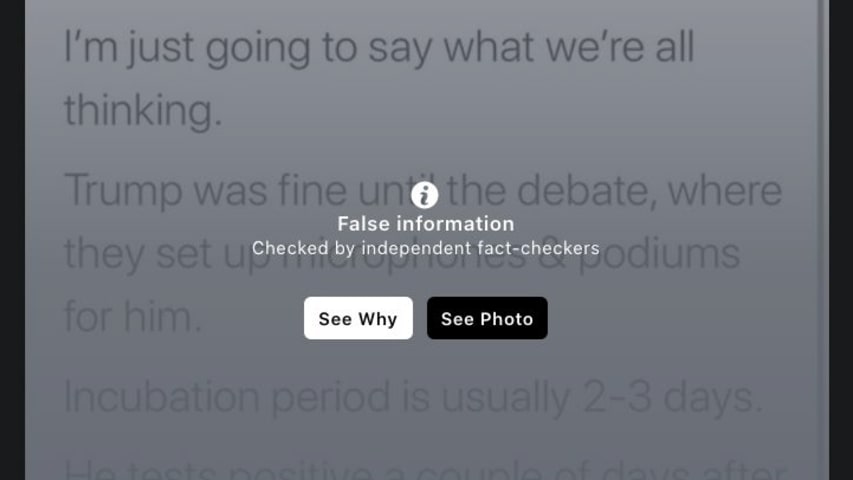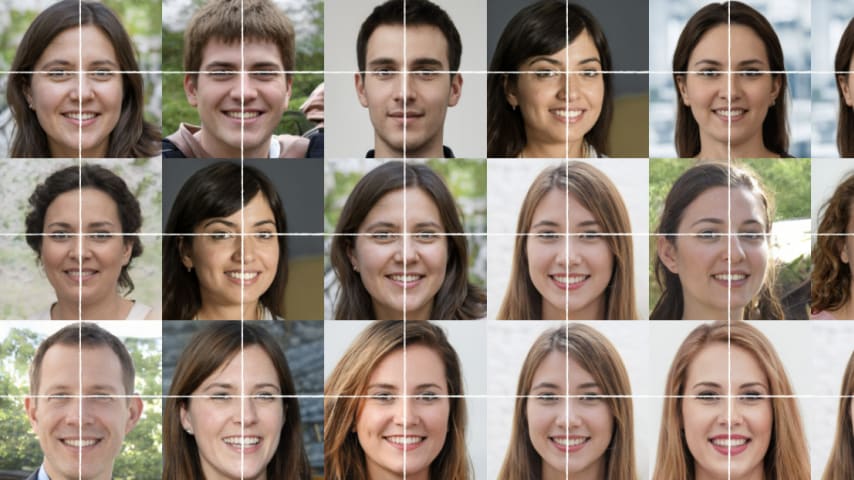Incidente 84: Pequeños cambios permiten que afirmaciones falsas sobre la COVID-19 y la votación evadan las verificaciones de hechos de Facebook
Entidades
Ver todas las entidadesClasificaciones de la Taxonomía CSETv1
Detalles de la TaxonomíaIncident Number
84
AI Tangible Harm Level Notes
3.3 - Although there was no tangible harm, the AI was linked to the adverse outcome described in the incident.
Notes (special interest intangible harm)
AI failed to prevent the spread of misinformation
Special Interest Intangible Harm
yes
Date of Incident Year
2019
Date of Incident Month
10
Clasificaciones de la Taxonomía CSETv0
Detalles de la TaxonomíaProblem Nature
Robustness
Physical System
Software only
Level of Autonomy
Medium
Nature of End User
Amateur
Public Sector Deployment
No
Data Inputs
User posts
Risk Subdomain
3.1. False or misleading information
Risk Domain
- Misinformation
Entity
AI
Timing
Post-deployment
Intent
Unintentional
Informes del Incidente
Cronología de Informes

Algo tan simple como cambiar la fuente de un mensaje o recortar una imagen puede ser todo lo que se necesita para eludir las defensas de Facebook contra engaños y mentiras.
Un nuevo análisis del grupo de defensa internacional Avaaz arroja l…
Variantes
Incidentes Similares
Did our AI mess up? Flag the unrelated incidents

Wikipedia Vandalism Prevention Bot Loop

Images of Black People Labeled as Gorillas
Incidentes Similares
Did our AI mess up? Flag the unrelated incidents

Wikipedia Vandalism Prevention Bot Loop


